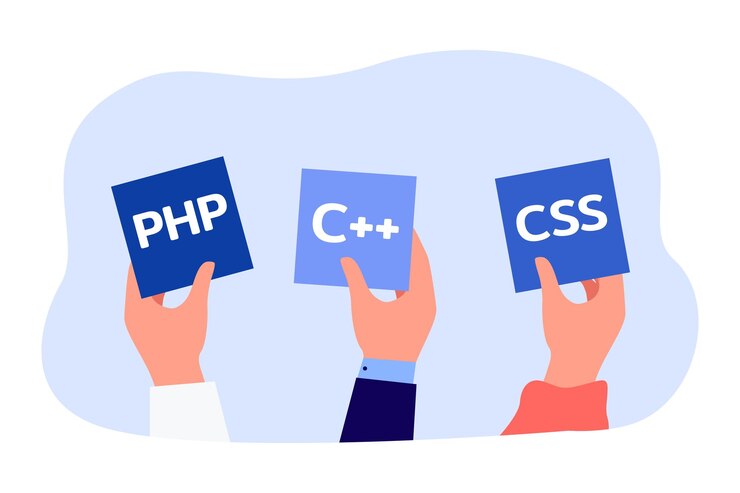Things to Know Regarding Interview as a Service
Interviews for the assessment of the candidates is an essential step of the staff recruitment in organizations. With the increasing complexity of technology, a new form of model has been introduced known as the interview as a service where organizations can outsource and include partial automation of the interview process. This has several advantages such as time and cost efficiency while also including the aspect of human intervention and discretion.
Not only does this novel interviewing method result in more recruitment processes, but it also generates a resourceful solution for organizations during accelerated-growth periods. As this interview model gains more popularity, here are 5 key things hiring managers should know about it:
-
Automates Scheduling and Logistics
An interview as a service platform can also eliminate the overhead of coordinating interviews for example by scheduling meetings, reminding about the meetings, managing calendars, etc. This means that the time which is spent on going back and forth in emails or making calls to find the right time for the interview is saved and the internal recruiters are able to do more of what is strategic.
The platforms give random time slots where the hiring team can set interviews comfortably depending on the available time. This includes such options as one-way recorded video interviews, real time video interviews, face-to-face interviews at the candidate’s preferred convenience. The scheduling processes are implemented through applying algorithms for the selection of time slots.
On a larger scale, the use of such platforms makes the overall process easier in terms of saving time and costs for the side of the recruiter and offers a seamless interview experience for the candidate.
-
Brings Structure and Consistency
Carrying out interviews that are standard and those that have a similar structure is important in the elimination of bias and the use of standard measures in the evaluation of all potential candidates. Interviewing as a service platform helps design the structured interview guides whereby the questions are predetermined and fit the required skills for the position.
The platforms also maintain the process of every candidate regarding the time of the interview, questions that are asked, or the way they are considered, etc. The tools used even enable multinational corporations to maintain the same structure in conducting interviews to candidates in different regions.
This keeps it structured and consistent and helps to eliminate any subjectivity in the hiring decisions by focusing on the skills possessed by the candidates. It also ensures a level playing ground for all individuals who are going through the process of interview.
-
Customizable Evaluation
In order to evaluate interviews, it is essential to identify objectives of the assessment in relation to the competencies that are needed for a particular position. Interview as a Service platforms allow for the integration of specific, tailored functionalities for collecting structured feedback during and after an interview.
Employers can create tailored metrics and assessment templates within different competencies important for the position. There are several interfaces to make time stamp comments and notes as it is easier to evaluate during the hiring review sessions. It means that the recruiters can also give the general indications of their estimations of candidates in general and their eligible ratings based on various factors.
When done as such, and when it is tied directly to the requirements of the positions, the information gathered becomes priceless in making hire decisions. It also decreases bias creep during assessment since the rater is less likely to intentionally or unconsciously favour a particular candidate.
-
Enables Asynchronous Interviewing
Synchronous interviewing still implies trying to coordinate the appropriate time with all the interviewers and candidates, which adds time to the hiring process. Interview as a Service platforms allow for schedules to be arranged for the specific candidate and interviewers to conduct the interview at a certain time convenient to all parties.
This means the candidates can answer the interview questions at the time of their convenience and the interviewers can also view the answers and decide when they will be able to go through the answers. This is in order to avoid any situations where two interviews have been scheduled at the same time. This kind of flexibility and speed enables companies to consider more objective candidates in a shorter time and to find the best fit kind of faster through the hiring funnel.
Also, asynchronous interviews remove the non-verbal cues and cause less stress as there are no strict timelines to follow giving the candidate an opportunity for them to represent their best selves. It also makes take-home challenges fairer for candidates in different time zones with varying schedules. This gives interviewers a way to perform thoughtful reviews by watching through responses as many times and sharing them with colleagues before making decisions. This results in more fair, longer-term evaluations that better reflect a candidate’s long-term work fit.
-
Leverages AI for Insights
Other advanced Interview as a Service platforms also leverage the use of AI to partly evaluate and bring more insights in the process. For instance, systems can parse through video and text content of interviews to detect behavior and thinking cues beyond human perception.
An analysis of competencies can be accomplished with the use of NLP that can identify and analyse the patterns and themes of the responses provided by the candidates in relation to the required competencies for the position. This type of AI supported analysis adds more data points to consider for making management decisions.
These AI evaluations are matched with human input to help deliver the technological and human approaches to selecting candidates in equal measure. This leads to better and diverse evaluations as far as hiring is concerned.
Conclusion
Hiring Interview as a service holds a lot of promise for companies in terms of minimizing the time and resources required to recruit talent, especially in the technical recruiting process. The use of such tools can, therefore, be effective as a strategic weapon to ensure that hiring managers are able to cut down on a number of areas that are overburdened with paperwork and bureaucracy.




